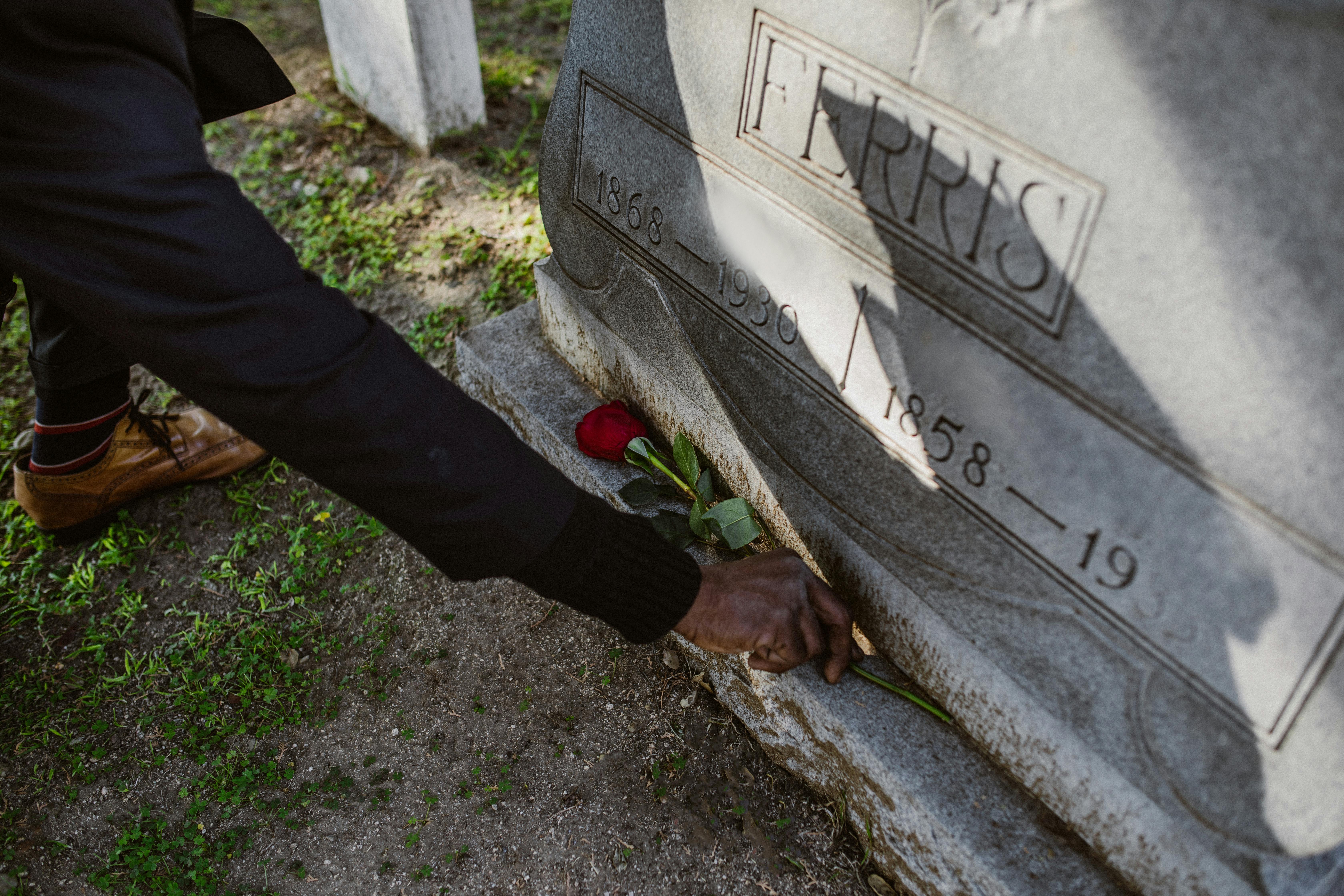Grief is one of life’s deepest challenges. It reshapes us, changes how we move through the world, and leaves an ache that words often cannot capture. While there is no single way to process loss, practices like meditation can help create space for emotions, ease the intensity of sorrow, and gently guide the heart toward healing.
This guided meditation for grief and healing after loss is designed to offer comfort, self-compassion, and a safe place to honor both your pain and your love.
{{blog-cta-checklist-large}}
Why Use Guided Meditation for Grief?
Meditation does not erase grief. Instead, it gives us tools to sit with difficult emotions without being consumed by them. For many, guided meditation can:
- Provide a sense of calm in the midst of overwhelming feelings
- Create a ritual of remembrance and connection to loved ones
- Encourage gentle self-compassion instead of self-criticism
- Support the body in releasing stress and tension tied to loss
- Offer a moment of peace in the midst of ongoing sorrow
When practiced consistently, guided meditation for grief and healing after loss can become a grounding ritual that nurtures acceptance and resilience.
Preparing for the Meditation
Before you begin, find a quiet and comfortable space where you won’t be disturbed. You may want to light a candle, hold a meaningful object, or sit with a photo of your loved one. These small rituals can help create a safe environment for reflection and healing.
Sit comfortably with your spine tall but relaxed. Close your eyes if that feels safe, and let your hands rest gently in your lap. Take a slow, steady breath in, and exhale fully. With each breath, allow yourself to arrive in this moment.
A Guided Meditation for Grief and Healing After Loss
You can read through the script below and then practice it in your own rhythm, or record it in your voice and listen back as you meditate. Set a timer for 10 minutes to start, and slowly increase as you get more comfortable sitting still.
1. Centering Breath
Bring your attention to your breath. Inhale slowly, noticing the rise of your chest, and exhale gently, releasing any tension you’re holding. With each breath, allow yourself to soften into this space of safety.
2. Acknowledging Grief
Bring to mind the presence of your grief. You don’t need to push it away or change it—simply notice where it lives in your body. Is it a heaviness in your chest, a tightness in your throat, or a restlessness in your thoughts? Whisper silently: “It’s okay to feel this. My grief is a reflection of my love.”
3. Honoring Your Loved One
Picture your loved one in your mind’s eye. Imagine them surrounded by warmth, light, or peace. Hold space for gratitude as you recall the love you shared. If emotions rise, allow them to flow. Each tear, each breath, is part of your healing.
4. Inviting Compassion
Now bring your attention back to yourself. Imagine a gentle light surrounding your body—soft, warm, and safe. With each inhale, draw in compassion. With each exhale, release self-judgment. Repeat silently: “I am worthy of love, care, and healing.”
5. Visualizing Healing
Picture yourself standing in a serene place—a meadow, a beach, a quiet forest. In this place, you are whole. Your grief is with you, but it does not define you. Notice a sense of calm and strength slowly filling your heart.
6. Closing the Meditation
Return to your breath. Inhale deeply, exhale gently. Place your hand over your heart and whisper: “I carry love with me. Healing is possible.” When you’re ready, slowly open your eyes.
After the Meditation
Take a moment to reflect on your experience. You may want to write down any thoughts, emotions, or memories that surfaced. Pairing journaling with meditation can deepen your healing, offering both expression and release.
Remember: grief is not something you “get over.” It is something you learn to carry with tenderness. This guided meditation for grief and healing after loss is here to support you, gently reminding you that peace and love can coexist with sorrow.
{{blog-cta-checklist-small}}
Closing Thoughts
Grief is a journey of both pain and remembrance. Meditation offers a compassionate way to hold space for your emotions while nurturing hope for the future. Each time you return to your breath, you give yourself permission to heal a little more.
Allow this guided meditation for grief and healing after loss to be a source of comfort whenever the weight of grief feels too heavy. With time, patience, and compassion, you may find moments of light shining through the shadows.


















































